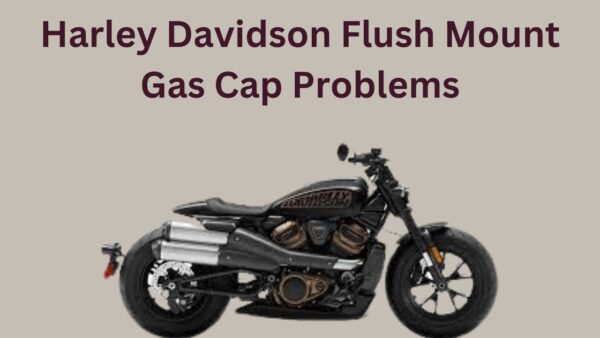The 2017 Honda Africa Twin, renowned for its rugged reliability and off-road prowess, is a popular choice among adventure motorcycle enthusiasts.
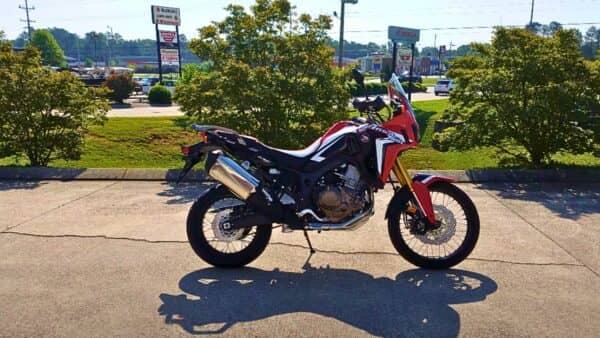
However, like any mechanical device, it has been subjected to a few issues that have caused some concern among owners.
In this article, we will dive into these common problems reported with the 2017 Honda Africa Twin.
2017 Honda Africa Twin Problems
Numerous owners have reported problems related to its fuel system, with the bike sometimes stalling out during rides.
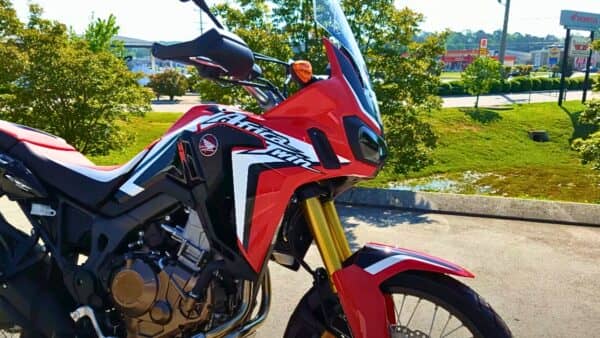
Another common issue is with the Dual Clutch Transmission (DCT), which sometimes lags in lower gears.
Some riders have also noted that the bike’s heated grips, intended to improve comfort in cold weather, are not as effective as they should be.
1. ABS Light Issue
One of the most common issues encountered by owners is the persistent illumination of the Anti-lock Braking System (ABS) light.
This issue typically indicates a problem with the motorcycle’s ABS, a crucial safety feature that prevents the wheels from locking up and skidding during braking.
It could be due to a faulty ABS sensor, corrosion, or a damaged wire. A visual inspection of the ABS sensors and wiring can help identify any obvious damage or corrosion.
If nothing is visibly wrong, a diagnostic tool can be used to read the ABS codes and pinpoint the issue.
If a faulty ABS sensor is the cause, it will need to be replaced. Always ensure that genuine Honda parts are used to maintain optimal performance.
In case of a damaged wire, repair or replacement may solve the problem.
However, if corrosion is the culprit, a thorough cleaning of the ABS may be required to ensure it’s free from rust and grime, which can interfere with the system’s performance.
2. Bad Ignition Switch
The ignition switch is a critical component responsible for initiating the vehicle’s operation and can cause serious issues when malfunctioning.
Symptoms of a bad ignition switch can include intermittent operation, where the motorcycle may start sometimes and fail at other times, or complete failure.
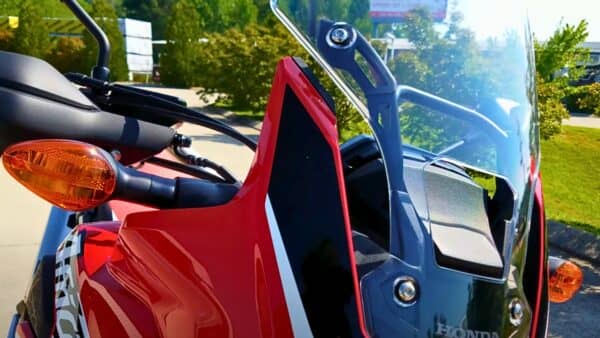
To resolve this issue, the ignition switch may need to be replaced. Here’s a simple guide to doing so:
- For safety purposes, always start by disconnecting the motorcycle’s battery.
- The ignition switch is typically located on the right side of the bike. Remove the screws securing the housing and gently remove the ignition switch.
- The ignition switch will be connected to the motorcycle’s electrical system via a plug. Unplug this connector.
- Connect the new ignition switch to the electrical system using the plug, and secure it in place within the housing.
- Finally, reconnect the battery and test the new ignition switch to ensure proper functionality.
3. DCT Issue
Some riders have reported occasional abrupt gear changes and unexpected downshifts, which can be disconcerting, especially at high speeds.
The DCT system is an automatic transmission system designed to offer seamless and efficient gear changes.
However, its complex nature can sometimes lead to issues. The abrupt gear changes are likely a result of sensors detecting a need for a higher or lower gear based on factors like speed, engine RPM, and throttle position.
In order to address this issue, it’s advisable to maintain your DCT system regularly.
Regular transmission fluid changes, for example, can help keep the system running smoothly.
The fluid should be replaced every 8,000 to 16,000 miles, depending on how hard you ride.
If the problem persists, it would be best to consult with a certified Honda technician.
4. Fuel System Problem
The most common issue encountered relates to the fuel pump. Riders have reported erratic behaviour of the fuel gauge, with levels fluctuating even over short distances. Some riders have also reported a decrease in fuel efficiency.
The root cause of this issue lies in the fuel pump’s faulty design, which can lead to inaccurate readings and inefficient fuel distribution.
To fix this issue, it’s recommended to replace the fuel pump entirely. Here’s a step-by-step guide:
- First, you need to drain any fuel that remains in the tank. Use a fuel caddy or a similar container to store the fuel.
- The fuel tank is typically bolted on. Use appropriate tools to unbolt it and carefully remove it from the bike.
- You will see the fuel pump attached to the bottom of the fuel tank. Remove it cautiously, taking care not to damage any attached hoses or wires.
- Attach the new fuel pump where the old one was. Make sure all hoses and wires are correctly connected.
- Once the new fuel pump is installed, put the fuel tank back on the bike and bolt it securely into place.
- Use the fuel you drained initially to refuel the tank.
5. Overheating
One of the common issues faced by some owners of the 2017 Africa Twin is overheating during extended periods of high-speed riding or in stop-and-go traffic.
This problem is often indicated by the rise of the temperature gauge into the red zone.
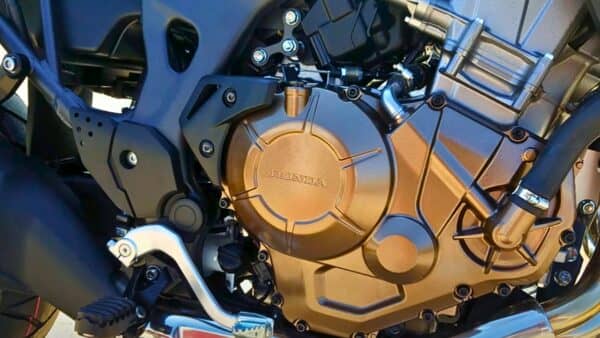
Overheating can lead to numerous complications, such as potential damage to the engine if not promptly addressed.
To prevent this, ensure your coolant is at the right level and replaced regularly as recommended by the manufacturer.
Using a high-quality, engine-specific coolant can also help in maintaining optimal engine temperature.
Regularly check the radiator for any blockages and clean it to ensure efficient airflow.
If the overheating persists despite these measures, it may be a more serious issue like a malfunctioning thermostat or water pump.
You can also consider the common issues with the Honda Trail 125, NC750X, NC700X & 2002 Goldwing

Ahtsham Younas is a passionate blogger and content writer. He loves to ride motorcycles and learn the mechanical process behind the motorcycles.
He has been writing articles in the motorcycle industry since 2019 and has learned many things about motorbike niches.

